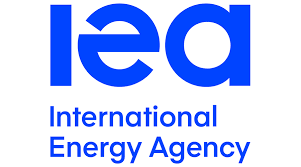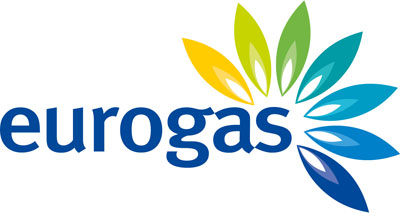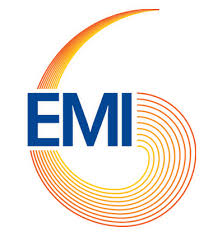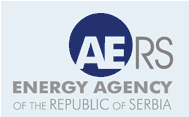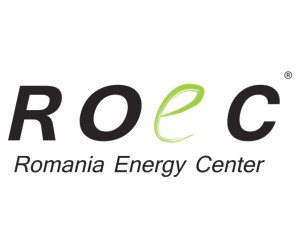Ankara is trying to figure out whether an eventual U.S. entry into the global liquefied natural gas export market and natural gas production in North Africa will make it worthwhile for Turkey to expand its liquefied natural gas import capacity. Turkey currently has two liquefied natural gas import terminals -- one at Marmara Ereglisi that has an annual capacity of 8.2 billion cubic meters and a maximum send-out capacity of 22 million cubic meters, and another in the town of Aliaga on the Aegean coast with an annual capacity of 6 billion cubic meters and maximum send-out capacity of 16 million cubic meters. Liquefied natural gas imports from Algeria, Nigeria and Qatar and smaller amounts from Norway and Egypt accounted for roughly 14 percent of Turkey's total natural gas imports in 2012, with most of this supply consumed by industrialized areas in and around Istanbul in the Marmara region.
Turkey is considering building additional liquefied natural gas import terminals on the Gulf of Saros near the Dardanelles and in Iskenderun on the Mediterranean coast. In theory, increased liquefied natural gas imports could give Turkey a more diversified pool of suppliers and give Ankara flexibility in buying liquefied natural gas on the spot market to make up for supply disruptions. But Turkey would have to invest substantial capital in building the import terminals and regasification facilities and in extensive upgrades and expansion to Turkey's distribution and networks beyond the Marmara core. Turkey's relatively young but rapidly growing natural gas-powered industry will also require significant investment into storage facilities (currently, Turkey can only store roughly 3 billion cubic meters of natural gas).
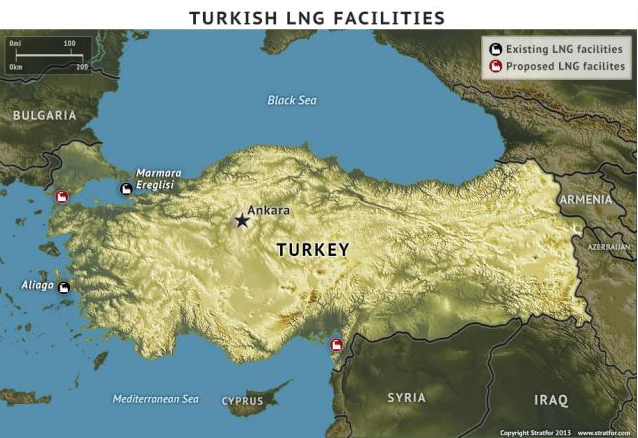
That investment will be difficult to secure, especially as Turkey is now battling to preserve its title as an emerging market worthy of foreign investment. In this global environment of growing investor uncertainty, wide currency fluctuations and rising interest rates overall, projects in Turkey with long payback periods are facing difficulty in securing loans. This has prompted Turkish government leaders to accuse European companies that have lost out on previous tenders of pressuring banks to withhold loans, but such conspiratorial accusations have only served to further undermine investor confidence in Turkey. Turkey's massive energy appetite will continue to attract some investor interest, but even more bullish investors are likely to exercise additional caution. Turkey will also face stiff competition for liquefied natural gas imports as producers look primarily to Asia in search of higher profits.
(www.stratfor.com, January 8, 2014)

 Ankara is trying to figure out whether an eventual U.S. entry into the global liquefied natural gas export market and natural gas production in North Africa will make it worthwhile for Turkey to expand its liquefied natural gas import capacity. Turkey currently has two liquefied natural gas import terminals -- one at Marmara Ereglisi that has an annual capacity of 8.2 billion cubic meters and a maximum send-out capacity of 22 million cubic meters, and another in the town of Aliaga on the Aegean coast with an annual capacity of 6 billion cubic meters and maximum send-out capacity of 16 million cubic meters
Ankara is trying to figure out whether an eventual U.S. entry into the global liquefied natural gas export market and natural gas production in North Africa will make it worthwhile for Turkey to expand its liquefied natural gas import capacity. Turkey currently has two liquefied natural gas import terminals -- one at Marmara Ereglisi that has an annual capacity of 8.2 billion cubic meters and a maximum send-out capacity of 22 million cubic meters, and another in the town of Aliaga on the Aegean coast with an annual capacity of 6 billion cubic meters and maximum send-out capacity of 16 million cubic meters




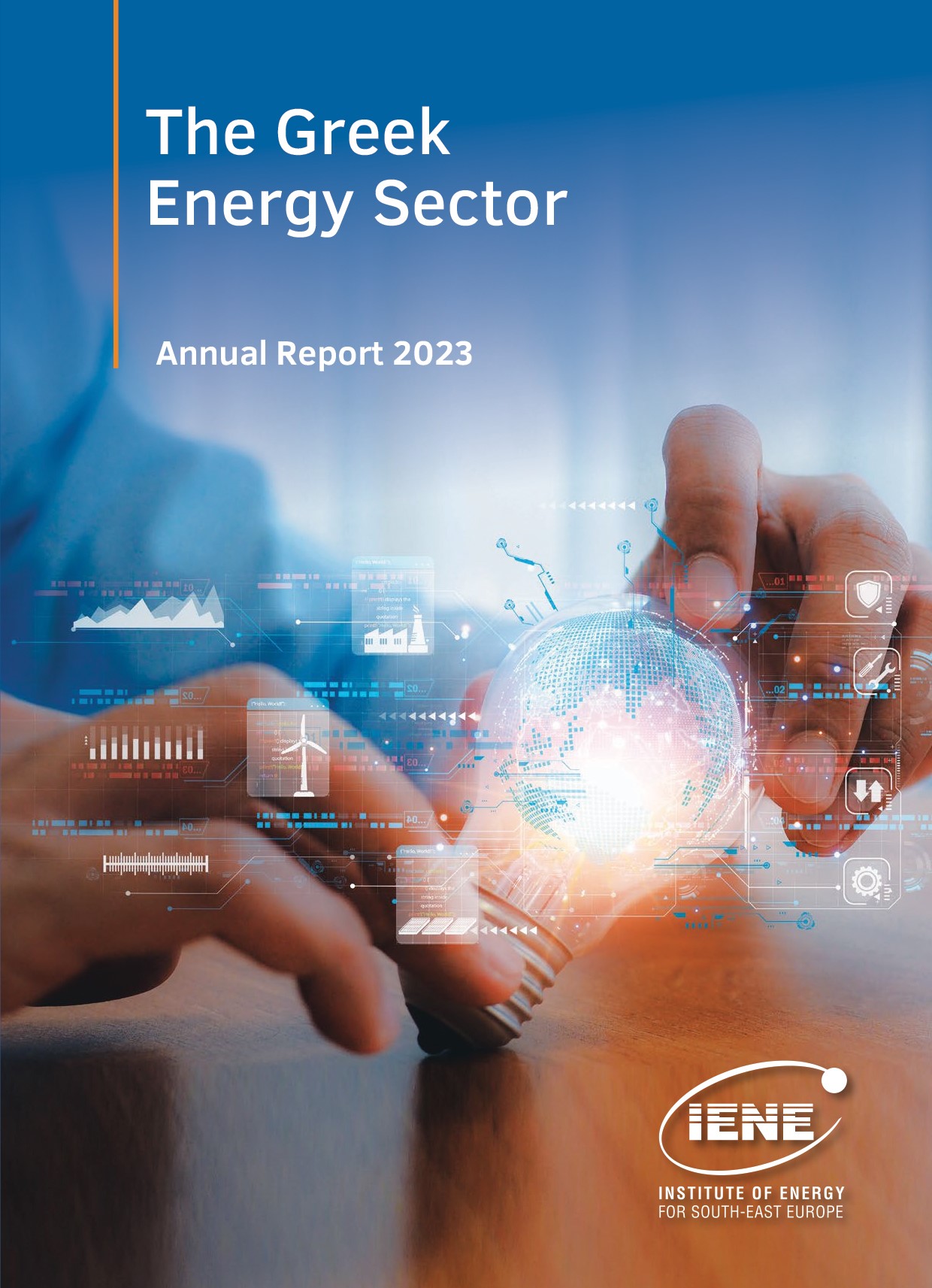

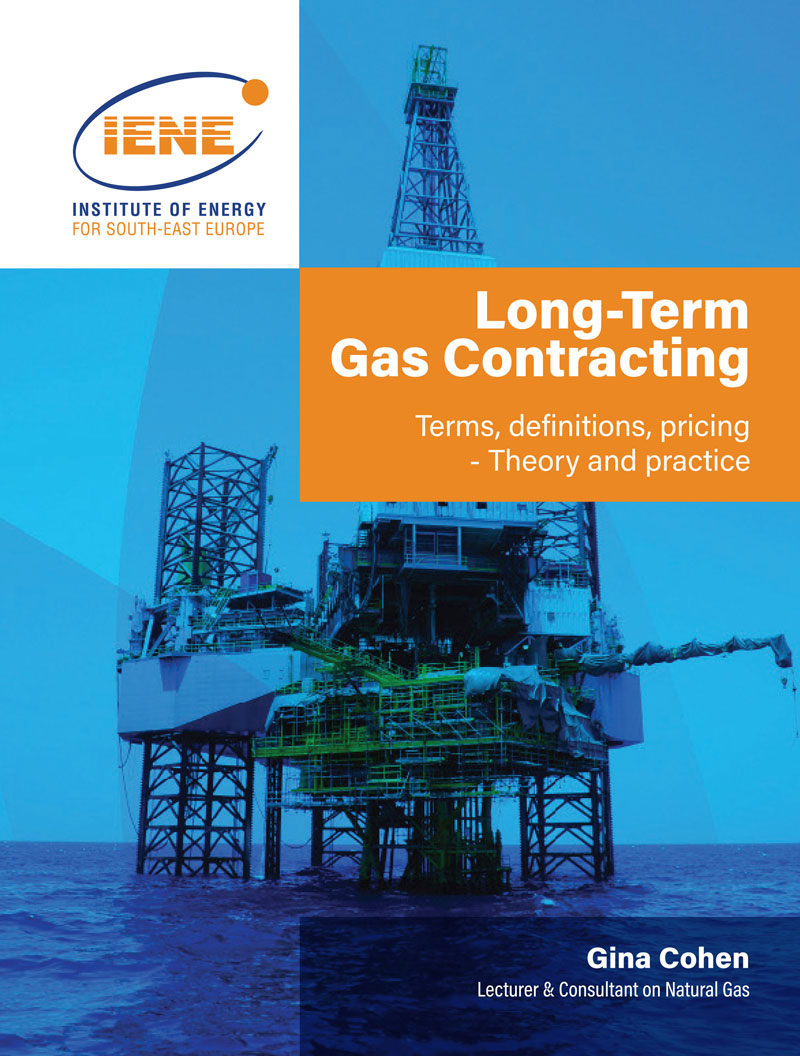 More
More
